
Social media analytics tools are not just for major corporations. Bloggers need to measure their social media influence using a social media analytics tool as well.
A good social media marketing campaign consists of more than just posting your articles on social media. You will need to engage with the audience by responding to comments and sharing their content for example. Then you’ll need to track your progress and perfect your tactics.
Why Social Media Is So Important

Promoting your content effectively on social media can give you a major edge over your competitors. Why? It is believed that Google gives extra weight to urls that have been well received on social media.
It makes logical sense that Google would favor blog posts with many shares or retweets. If people are “voting” for an article that much, it must be good.
It’s even better if influencers in your niche are sharing it with their followers. It gives your article some kind of authority and Google takes note of that.
Another reason social media is so important is because of the sheer amount of a traffic you can get.
Just one article going viral can lead to thousands of visits. It’s then up to you to sell something or get them to join your mailing list.
Why You Need An Analytics Tool
In all likelihood, you already use an analytics tool like Google Analytics to gain insight into your website’s performance and the behaviors of your visitors.
However, there is one major difference. As the name implies, a social media analytics tool is specifically designed for the most popular social media networks, including Pinterest, Facebook, YouTube, Instagram, and Twitter. It can provide you with valuable information associated with all of your social media accounts in a sleek, easy to understand package in one centralized location.
Identify Your Best Content

Whether you’re writing on your blog or composing a small tweet, you should understand the importance of your content. The quality of your content will play a major role in determining how successful your social media campaign is.
Weak, unattractive content will be ignored by the masses, while eye-catching content will encourage engagement and will be much more likely to spread like wildfire. This is where a good social media analytics tool will prove to be exceptionally helpful.
Such tools give you the ability to quickly gauge the effectiveness of your content, regardless of its form. How much attention did your photograph receive? Was your link shared and visited by a large number of individuals?
By accessing the tool’s dashboard, you will be able to find out immediately. And, this will help you set up the most effective social media campaign by only using content that will be engaging.
Choosing The Right Social Media Analytics Tool
The major social networks already have a dashboard to view your stats. Sure, you can use them, since you already have an account there. However, it’s much better to have a centralized location where you can access all of your stats in one place.
Here are the analytics tools offered by the social media companies themselves:
Twitter Analytics
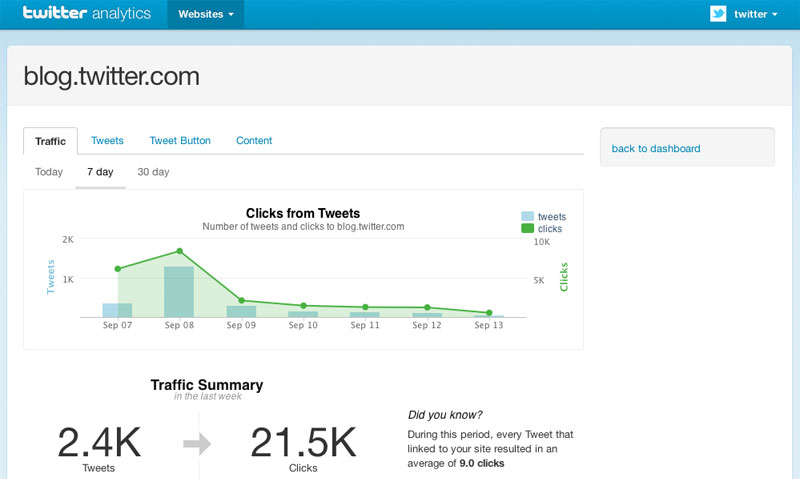
Accessing Twitter analytics is simple enough, just go to: https://analytics.twitter.com/. From there, you can see how well your tweets have performed over time. You can see things such as retweets, mentions and clicks out to your links.
Facebook Insights
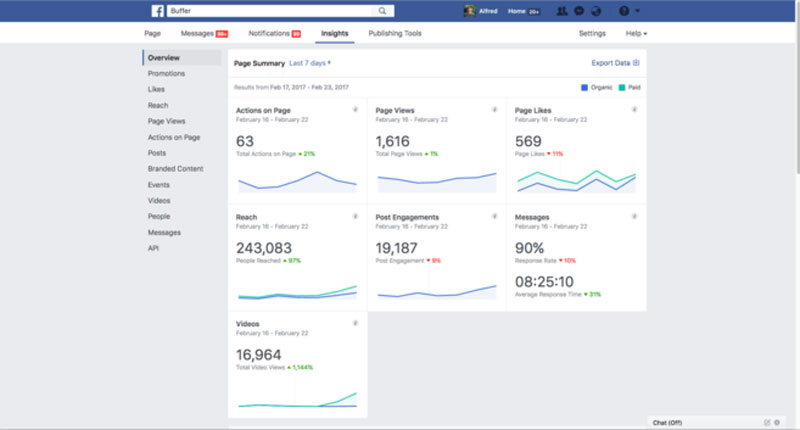
When you create a page on Facebook, you automatically get access to Facebook Insights. From here you can see stats on individual posts, your fan count and your reach.
Pinterest Analytics
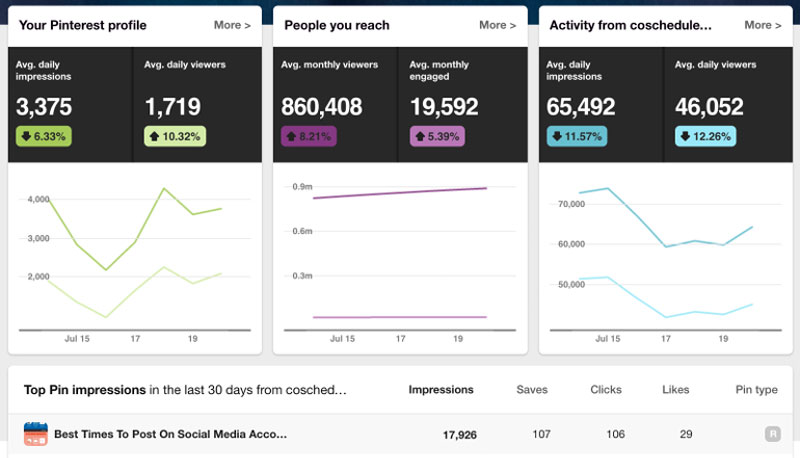
In order to use their own analytics dashboard, you first have to convert your page from a personal account into a business account. Don’t worry, it’s free and only increases functionality.
The dashboard shows you insights such as pin impressions and repin data. Plus there’s information on your profile such as the average daily impressions your Pinterest profile receives over time.
By analyzing this information you can see which pins perform best. This will give you an idea on what type of images work best with Pinterest and what types of content resonate best with your audience.
LinkedIn Analytics
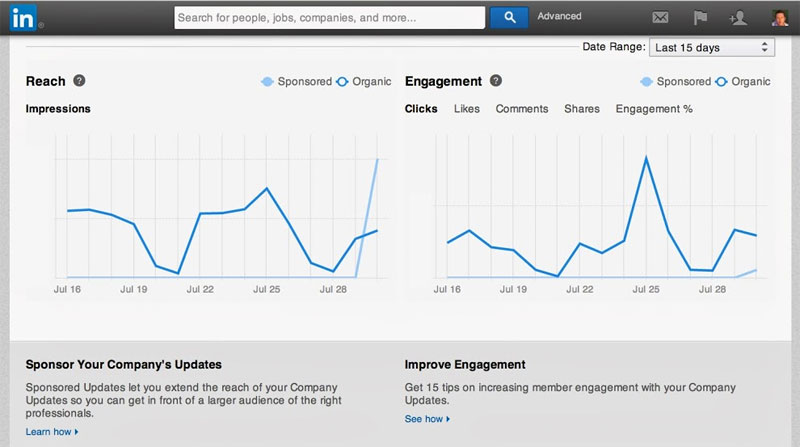
The data that LinkedIn provides is similar to that of Facebook Insights. There’s information over the posts you publish as well as your profile visits. You can see things like engagement, which includes clicks, likes, comments and share counts.
Instagram Insights
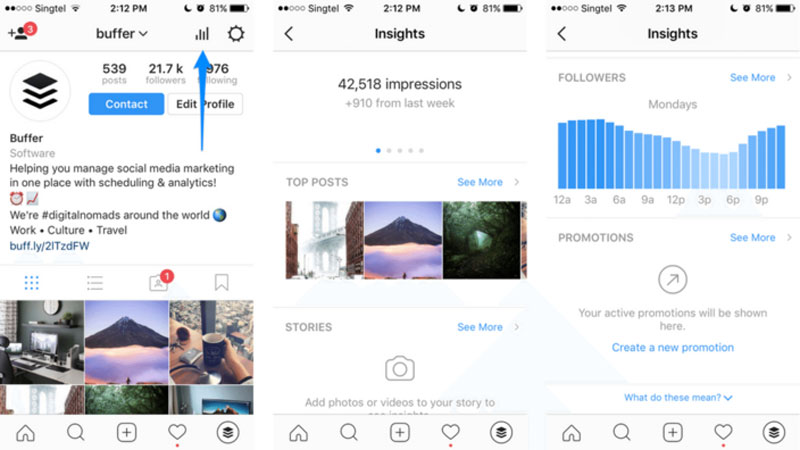
You’ll have access to Instagram Insights with a business profile on Instagram. In order to convert your IG profile into a business one, use the app to visit your profile, then click on the graph icon that’s located in the upper right hand corner.
From within this analytics tool you’ll see all of the data of your profile including post data and stories data. Plus you’ll see information on your followers such as which days and times they are most active.
Google Plus Influence
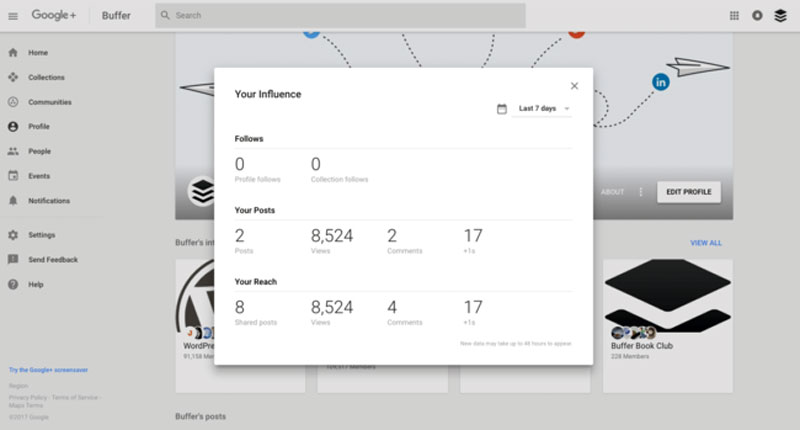
The analytics offered by Google+ is the weakest of them all. They only offer basic insights such as how many views and comments your posts have attained.
Premium Social Media Analytics Tools
There are plenty of free and paid options, but for now we’re going to stick with the free ones. Almost all of these have an option to upgrade your account to gain more functionality. However, for a new blogger, the free programs are all you need.
Here are my favorite social media analytics tools:
Buffer
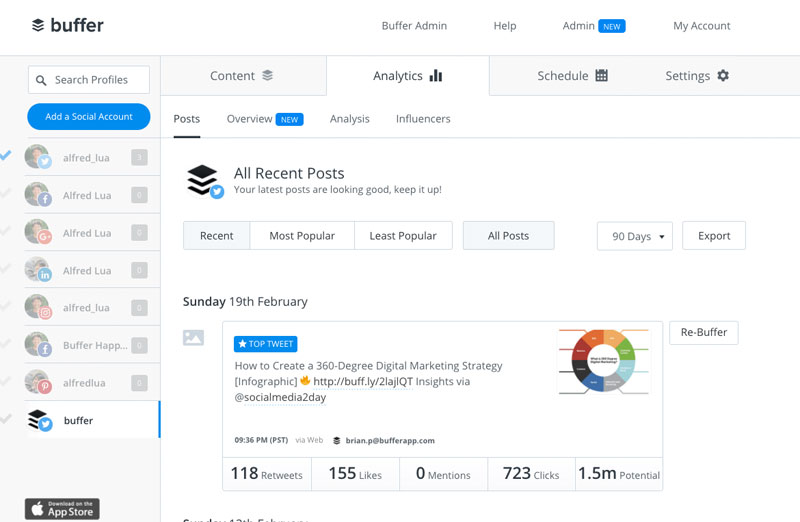
Buffer aims to make managing social media easier by not only giving you access to the performance of your accounts, but Buffer also lets you schedule posts as well.
By creating a schedule on Buffer, you can automate your social media posts and track them at the same time.
With the free plan, you get 1 social account per network: Twitter, Facebook, LinkedIn, Instagram and Google+ (no Pinterest on the free plan). You can schedule only up to 10 posts total in advance.
Their cheapest plan is a reasonable $10 per month and with that, you get 10 social media accounts and you can schedule up to 100 posts in advance.
The reason I prefer Buffer as my favorite social media analytics tool is because they are integrated into every part of my digital life. They have a browser extension, an app and of course their website where I can manage my scheduled content. Then, I can also track how well each post performs and see how many clicks I receive.
With campaign tracking enabled in Buffer, I can then see how much traffic Buffer has helped me generated right from my Google Analytics dashboard.
Cyfe

With Cyfe, you can add different social media profiles to your main Cyfe dashboard. The main benefit of Cyfe is their dashboard display so you can see all of your stats at a glance. After connecting your accounts, you’ll see a beautiful display of graphs that show you how you are trending on all your accounts.
With the free account, you can add 5 profiles. With a paid account, you can have multiple dashboards, each with as many insights as you wish. This way, you can have an entire dashboard page devoted to Facebook, for example, showing different widgets so you can gain a better understanding of how well you’re performing with that network.
It costs $19 per month to upgrade, so it’s best to try it out at first before you commit to the monthly plan.
Conclusion
It’s nearly impossible to develop a powerful presence on any social media network without knowledge into what makes users tick.
If you intend to use social media to elevate your site, you need data and the best way to get it is from a social media analytics tool.
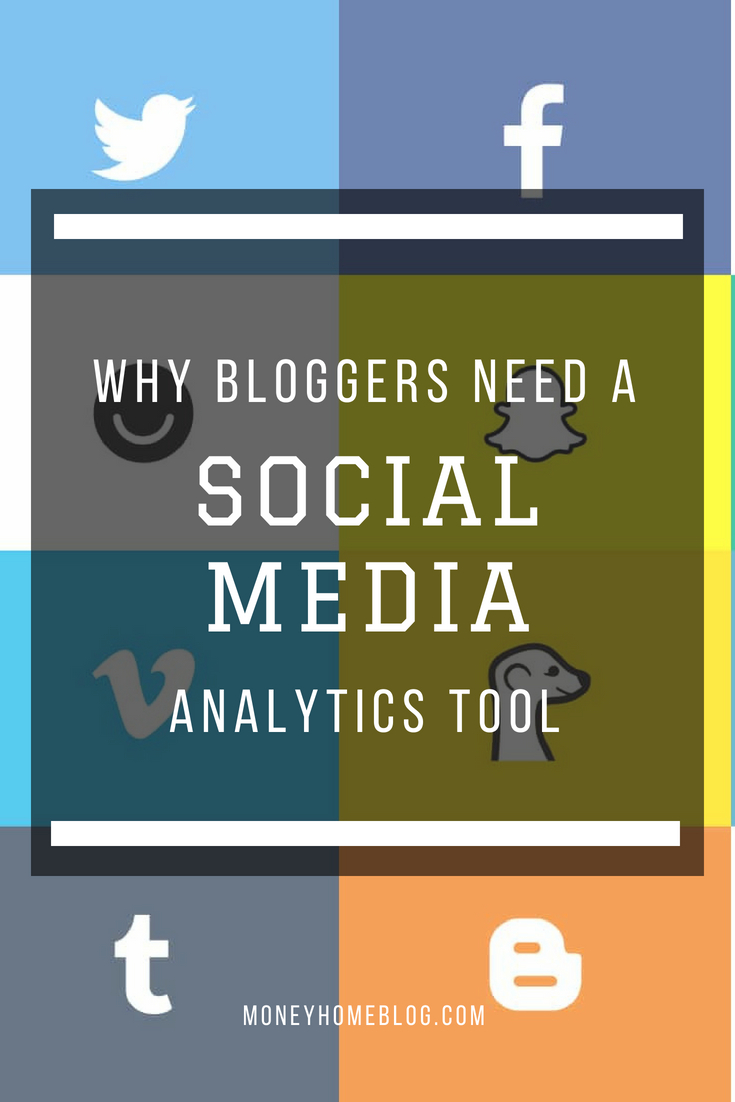




Just checked out your site – love the content!